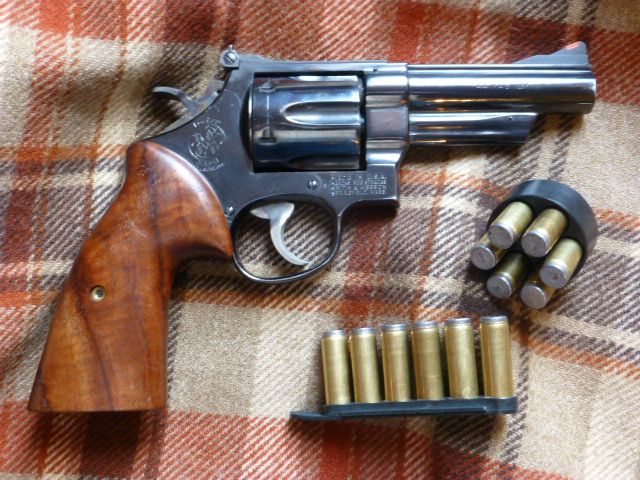
Originally Posted by
26 Inf

As a side note, in 2001 our Academy made the decision to quite allowing revolvers during basic training.
Ahhh... Memories. Those of us old enough to start with wheel guns back when they were the norm really lived through a different era.
Our academy did not "disallow" revolvers. Around 1992 though, they made the time requirements to get X amount of accurate rounds downrange VERY short for primary duty weapons. Word was out that unless you practiced speed-loading every day, you would more than likely fail to qualify. By then "most" in the department were carrying autos, but this pushed the few old timers into making the switch.
Just think guys... It used to be normal to walk around with 18 rounds total on you, with maybe 5 in a BUG. Obviously there were more in the car, but that did you no good once you walked away from it. Now, 18 rounds of well placed .357 Mag will do the job. The only scenario I lost sleep over was if I ever had to deal with multiple armed bad guys at the same time. When I was able to switch to a Sig P226 after they were released, I started sleeping much better. No one knew what Sig was back then... Yeah... I know...
I'm going full circle here. I have a M&P shield as well as a few mid-sized options, but with summer coming, I am longing for another S&W Air weight .38 to just pocket carry. Never underestimate the versatility of the good old j-frame.
U.S. Army vet. -- Retired 25 year LEO.



 Reply With Quote
Reply With Quote







Bookmarks